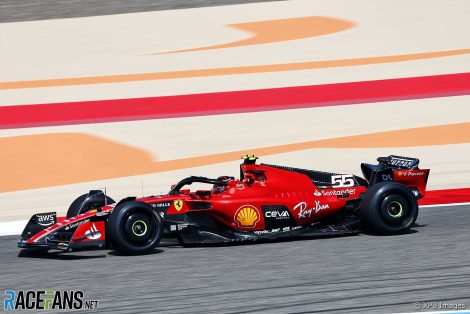Have Formula 1 teams converged on a single design philosophy in the second year since the series’ shake-up of its technical regulations? Far from it.
Red Bull’s RB19 dominated last season, winning 17 of the 22 races. When testing began in Barcelona 12 months ago the team revealed a superbly detailed sidepod arrangement with a steep undercut, which proved to be a trend-setter.
Aston Martin was the first team to produce a similar version, though it took until the end of the season for the team to begin getting the best out of it. Williams also moved in the same direction with its mid-season update at Silverstone.
McLaren’s latest car also moves it a step closer in philosophy to Red Bull’s, putting it in the same company as its fellow Mercedes engine customers.
Before the deposed world champions revealed the success to last year’s underperforming W13, there was much speculation over whether they would keep the radical ‘zero’ sidepod design. They have, and the team has already declared it has got on top of the porpoising problem which plagued it throughout much of last season.
Whether they can achieve consistent success with the concept, which yielded a single race win in Brazil last year, is another matter. So far no one else has duplicated their layout, and Mercedes have dropped hints of significant revisions to come earlier in the year.

The most popular alternative to Red Bull’s approach is Ferrari’s. Even at the halfway point last season, when teams were committing to their design directions for 2023, Ferrari’s strikingly different solution was still setting the pace, and they have persisted with it.
The team which scored the most pole positions of any team last year has continued with its broader sidepods, cut less deeply underneath, with a steep ramp on the inside. In their case, an additional slot on the inside, dubbed an ‘S-duct’, feeds it with further air.
Haas, which maintains a close technical relationship with its power unit supplier, has inevitably stayed close to that philosophy, those the VF-23 has some aerodynamic refinements which make it immediately distinguishable from the SF-23. Alfa Romeo, the other Ferrari customer, is another follower of the Red Bull school of thought.
Satisfyingly, in a year when the cars’ geometries were expected to converge under technical regulations which limited the freedom of the designers, there are many other conspicuous differences noticeable…
Click Here to Read the Full Original Article at RaceFans…
